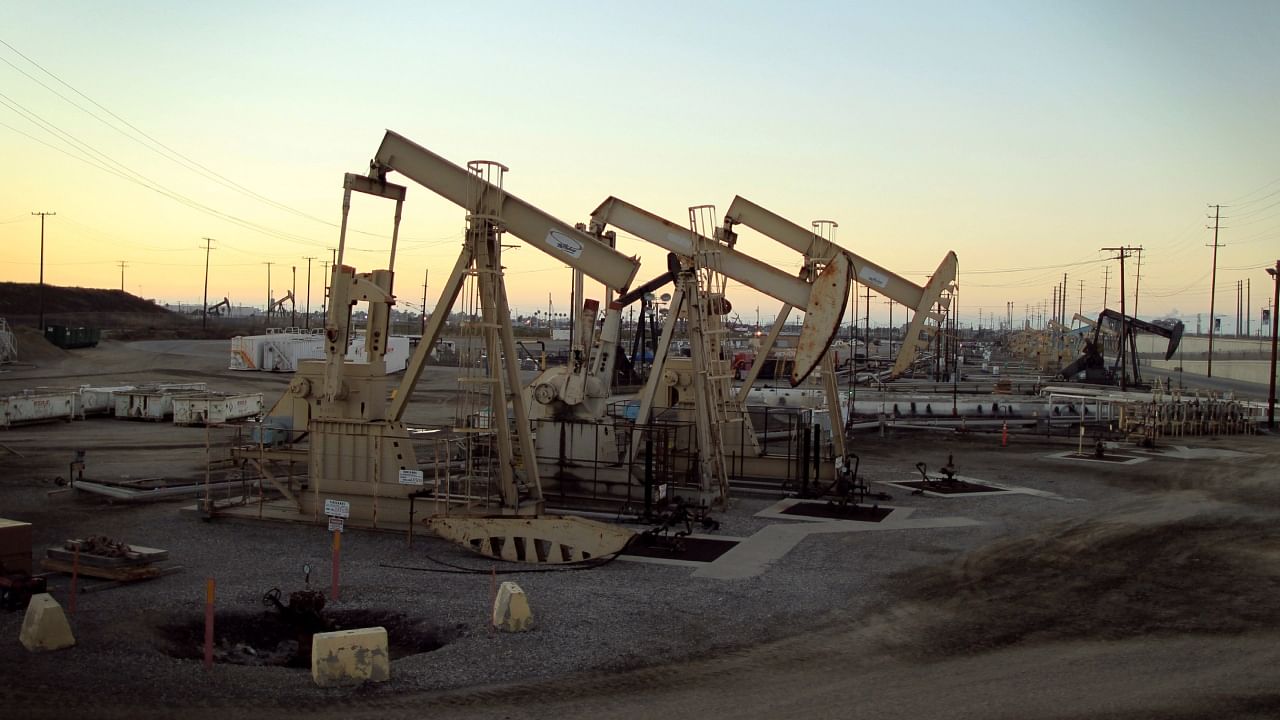
By David Fickling
Even a marriage heading for its 50th anniversary will sometimes be overcome with bickering. That’s what happened last week with the oil industry’s most important bodies, the International Energy Agency and the Organization of the Petroleum Exporting Countries.
OPEC risks weakening the global economy and accelerating the transition away from fossil fuels if its production cuts push crude prices too high, the IEA’s Executive Director Fatih Birol said in an interview Wednesday with Bloomberg Television. OPEC’s response was swift and intemperate: The IEA “should be very careful about further undermining oil industry investments” its Secretary General Haitham Al-Ghais said in a statement Thursday.
As with many long but unhappy alliances, what’s striking about this row is that the parties share a realistic fatalism about the situation they’re in. The bitterness of last week’s argument doesn’t stem so much from deep disagreements about where oil demand and the energy transition is headed, as from the vanity of small differences.
Both sides have been edging toward an acceptance that oil production will be lower at the end of the decade than it is right now. Current levels of oil investment will only be sufficient to supply about 80 million barrels a day in 2030, according to projections presented by Saudi Arabian Oil Co., OPEC’s most important stakeholder, compared to the 101.9 mb/d that the IEA projects for this year.
That’s a lowball figure intended to shock the industry into lifting its spending to levels that would pump out about 106 mb/d. But it’s not a million miles from what the IEA sees: Demand will be 93 mb/d if governments meet their climate pledges and 75.3 mb/d on a more aggressive net zero path, according to the Agency’s latest energy outlook last year. In spite of its member states’ record profits and competitive cost positions, OPEC itself is doing very little to remedy the supply problem it points to, preferring to spend the money on real estate, overseas refineries and grands projets instead. Its revealed preference is for a picture little different than the IEA’s energy transition scenarios.
There’s a level of natural antagonism between the two bodies. The IEA was founded in 1974 in the wake of the previous year’s Arab oil embargo to represent the interests of the major petroleum consumers in developed countries. OPEC is 14 years older but rose to prominence at the same time as the IEA, acting for the conflicting interests of the biggest crude exporters. They first held a joint press conference as recently as 2002.
If that adversarial relationship has been blunted for decades, it’s largely because the rise of China and its voracious demand for commodities, combined with the absence (until recently) of any viable alternative to petroleum, meant their common ground of market stability has been more important than their conflicting imperatives of higher prices (for OPEC) and lower ones (for the IEA).
The climate transition is causing a reversion to the earlier paradigm, though. Electric vehicles’ share in new sales has jumped from 2 per cent in 2019 to 20 per cent in 2023, the IEA’s Birol said on Wednesday, and will hit 60 per cent in the largest markets of the US, China and Europe by 2030.
That accelerating rate of deployment matters. The lifespan of a conventional oilfield investment is a bit longer than that of a typical car — 15 to 20 years, as opposed to 10 to 15 years — so a faster uptake of electric vehicles increases the risk that current projects end up facing glutted markets toward the end of their lives.
That’s not a problem for the IEA. It’s an energy agency, and its members don’t much care whether their energy comes from fossil fuels or zero-carbon alternatives as long as it’s cheap, clean, and secure. OPEC, on the other hand, is a petroleum organization, and naturally sees a shift away from crude as an existential threat.
Also Read | India removes windfall tax on crude oil
The IEA wants OPEC to ensure security of supply, so that its members don’t suffer blackouts and queues at the gas station. The oil cartel, on the other hand, is only prepared to promise that if the IEA ensures security of demand, so that its members know their multi-billion dollar investments will still be throwing off cash in the late 2030s. The IEA’s members are unwilling to guarantee that, though. With gasoline demand already in decline, road fuels as a whole facing a near-term peak, and Tesla Inc. slashing prices to tempt buyers, it’s impossible to escape the conclusion that the best years for oil are already in the past.
As the world removes crude oil products from road transportation and even shipping, a growing share of demand will come not from fuel but from petrochemical feedstocks, asphalt, lubricants and waxes — everything except energy, in other words. OPEC is responding as jilted partners often do, with bitterness and recrimination. Both sides have to accept, however, that their marriage of convenience is coming to an end.